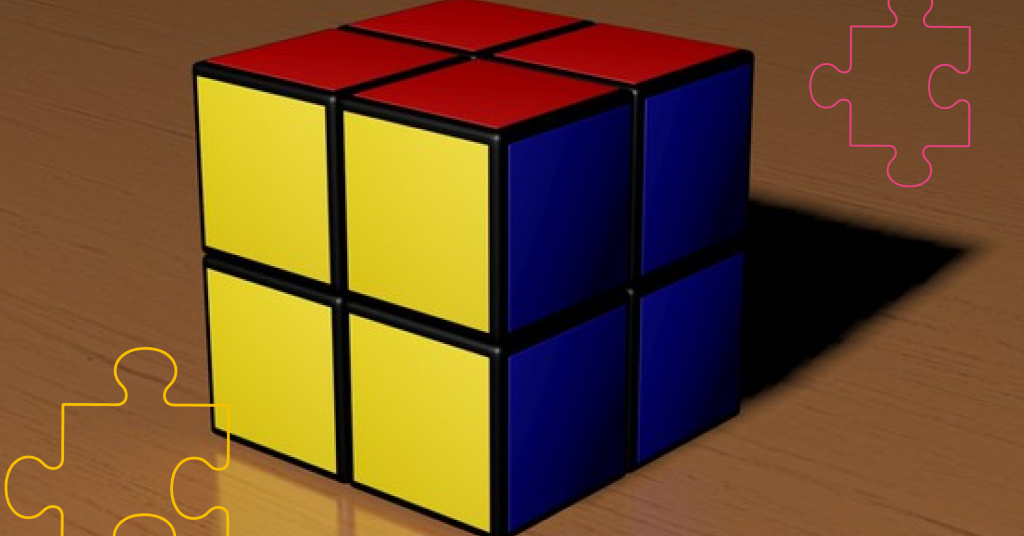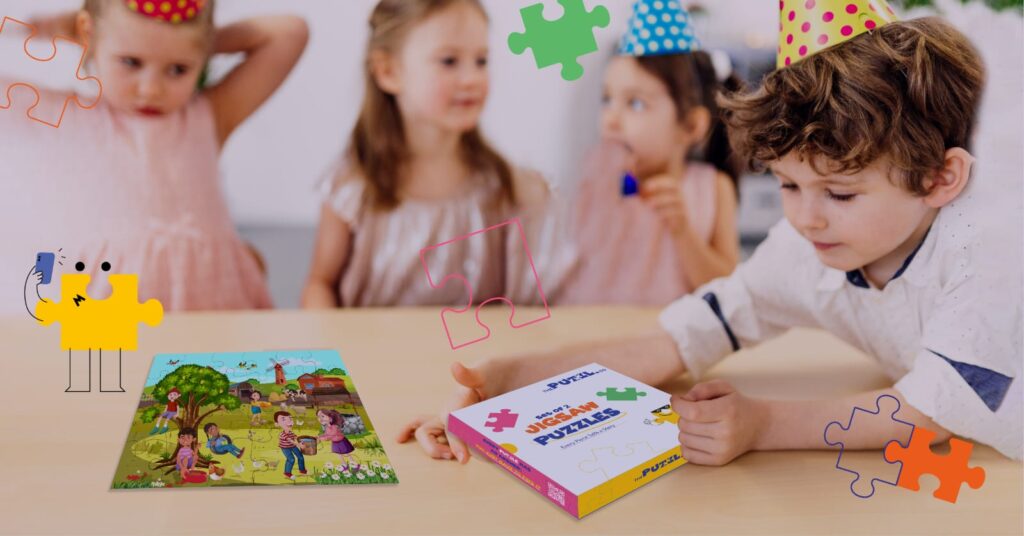The 2×2 Rubik’s Cube, also known as the Pocket Cube, may look like a simplified version of the classic 3×3 Rubik’s Cube, but it still presents a fun challenge. Unlike the 3×3 cube, the 2×2 version has no center pieces or fixed positions, making it seem more straightforward. However, it requires a solid understanding of algorithms to solve efficiently. In this guide, we’ll take you through the steps to solve the 2×2 Rubik’s Cube, even if you’re a complete beginner.
Understanding the 2×2 Rubik’s Cube
The 2×2 Rubik’s Cube consists of 8 corner pieces, each with three different colors. The goal is to twist and turn the pieces until all faces of the cube display a single color. Unlike the 3×3 cube, there are no edge or center pieces, so the focus is entirely on getting the corners aligned correctly.
Step 1 – Solve the First Layer
The first step in solving the 2×2 Rubik’s Cube is to complete one layer. Unlike the 3×3 cube, where you might start by solving the white cross, the 2×2 cube only requires you to align four corner pieces to match a single color.
- Choose Your Color: Start by picking a color to solve first, such as white. It doesn’t matter which color you start with, but beginners often start with white because it’s easier to spot.
- Position the First Corner: Find a corner piece with white and place it correctly relative to where it should be on the solved face.
- Match the Adjacent Colors: As you place the remaining white corners, ensure that the adjacent colors on the sides of these corners also match with their respective faces.
If you’re having trouble positioning a piece, use the basic corner insertion algorithm: R U R’ U’
Repeat this move until the white corner piece is in the correct position. Continue until the entire first layer is complete with the white face solved.
Step 2 – Orient the Final Layer
After solving the first layer, the next challenge is to correctly orient the corners on the opposite face. At this point, the second layer’s corners will likely be out of position.
- Look for Misplaced Corners: Identify corners in the top layer that are not in their correct position or not oriented correctly.
- Apply the Algorithm: Use the following algorithm to correctly orient the corners: R U R’ U R U2 R’
This algorithm might need to be applied multiple times to each corner until all corners in the top layer are oriented correctly.
Step 3 – Position the Final Layer Corners
Once the corners are correctly oriented, the last step is to position them correctly.
- Identify a Solved Corner: If a corner piece is already in the correct position (even if it’s not oriented correctly), hold the cube so that this corner is in the front-right position.
- Apply the Algorithm: Use the following algorithm to cycle the corner pieces: U R U’ L’ U R’ U’ L
This algorithm will move the corners around without changing their orientation. You may need to apply it multiple times to position all the corners correctly.
Step 4 – Complete the Cube
After positioning the corners correctly, you may find that the top layer still needs to be twisted. To resolve this:
- Twist the Top Layer: Hold the cube with the unsolved layer on top and apply the following algorithm until the top layer is completely solved: R U R’ U’
- Repeat this move until the top layer aligns with the rest of the cube.
Also Read: How to Solve Snake Cube
Tips and Tricks
- Learn the Algorithms by Heart: Memorizing the key algorithms is crucial to solving the cube efficiently. Over time, these sequences will become second nature.
- Practice Makes Perfect: The more you practice, the faster you’ll get at solving the cube. Start by solving it slowly, paying attention to each step, and gradually build up speed.
- Focus on Understanding, Not Just Memorization: Understanding why and how the algorithms work will help you solve the cube more intuitively, rather than just relying on rote memorization.
Solving a 2×2 Rubik’s Cube is a rewarding experience that combines logic, spatial awareness, and patience. With this step-by-step guide, you now have the tools to conquer the Pocket Cube. Whether you’re new to cubing or just looking to improve your skills, mastering the 2×2 is a great stepping stone to tackling more complex puzzles. Happy solving!



